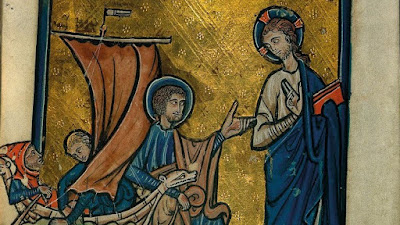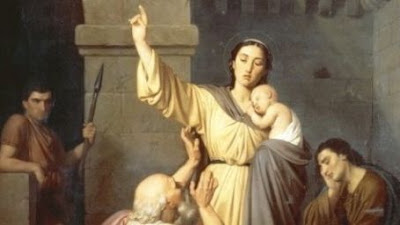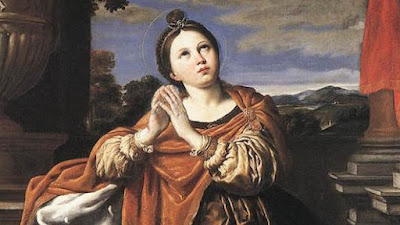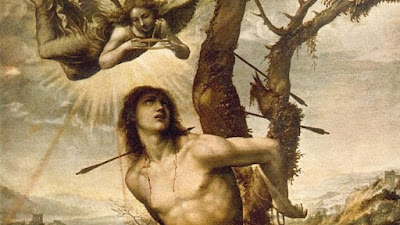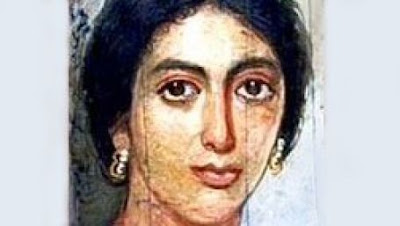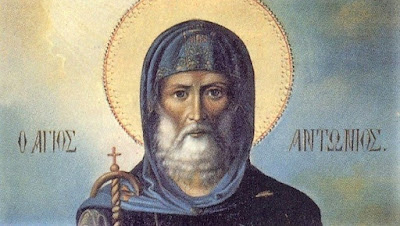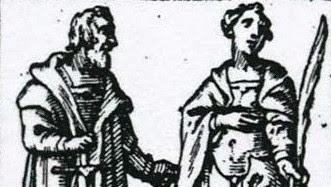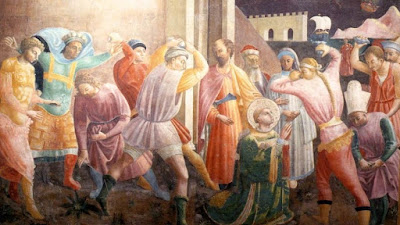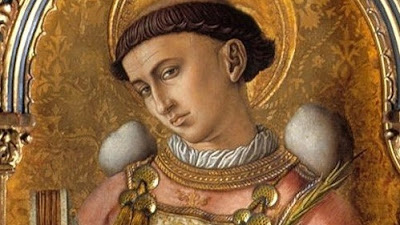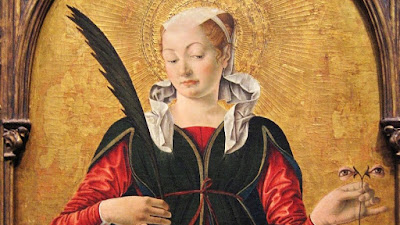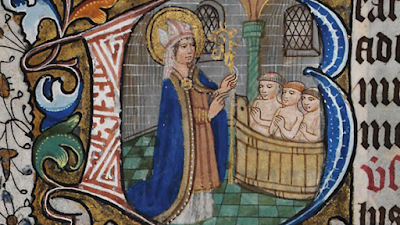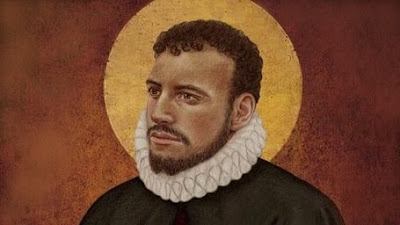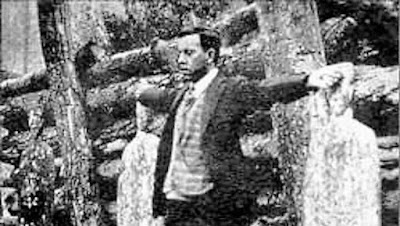Saint Maximilian Kolbe, Martyr of Charity
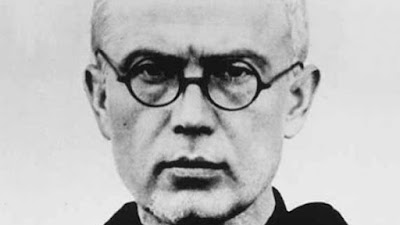
Memorial - August 14th I prayed very hard to Our Lady to tell me what would happen to me. She appeared, holding in her hands two crowns, one white, one red. She asked if I would like to have them—one was for purity, the other for martyrdom. I said, ‘I choose both.’ She smiled and disappeared.” St. Maximilian Mary Kolbe was only 10 years old when he experienced this vision of Our Lady near his poor family home in Zduńska Wola, Poland. In time, both crowns would come to pass for him, and always the Blessed Mother would be by his side as he received them. Born Raymund Kolbe in 1894, Maximilian entered the Conventual Franciscans in 1907, just three years a er his encounter with Mary; when he professed his first vows in 1911 at the age of 16, he took the name Maximilian. At the profession of his final vows in 1914, he also adopted the name “Mary” in order to show his devotion to the Mother of God. It was while he was0 studying for his doctorate in theology in Rome in 1919 that Ko
